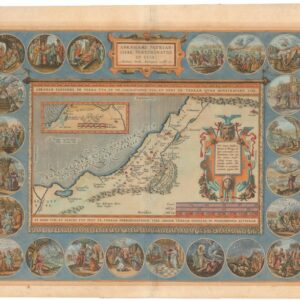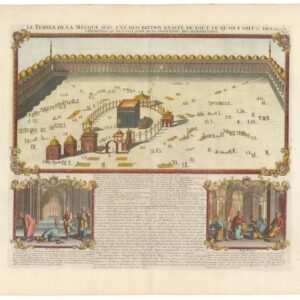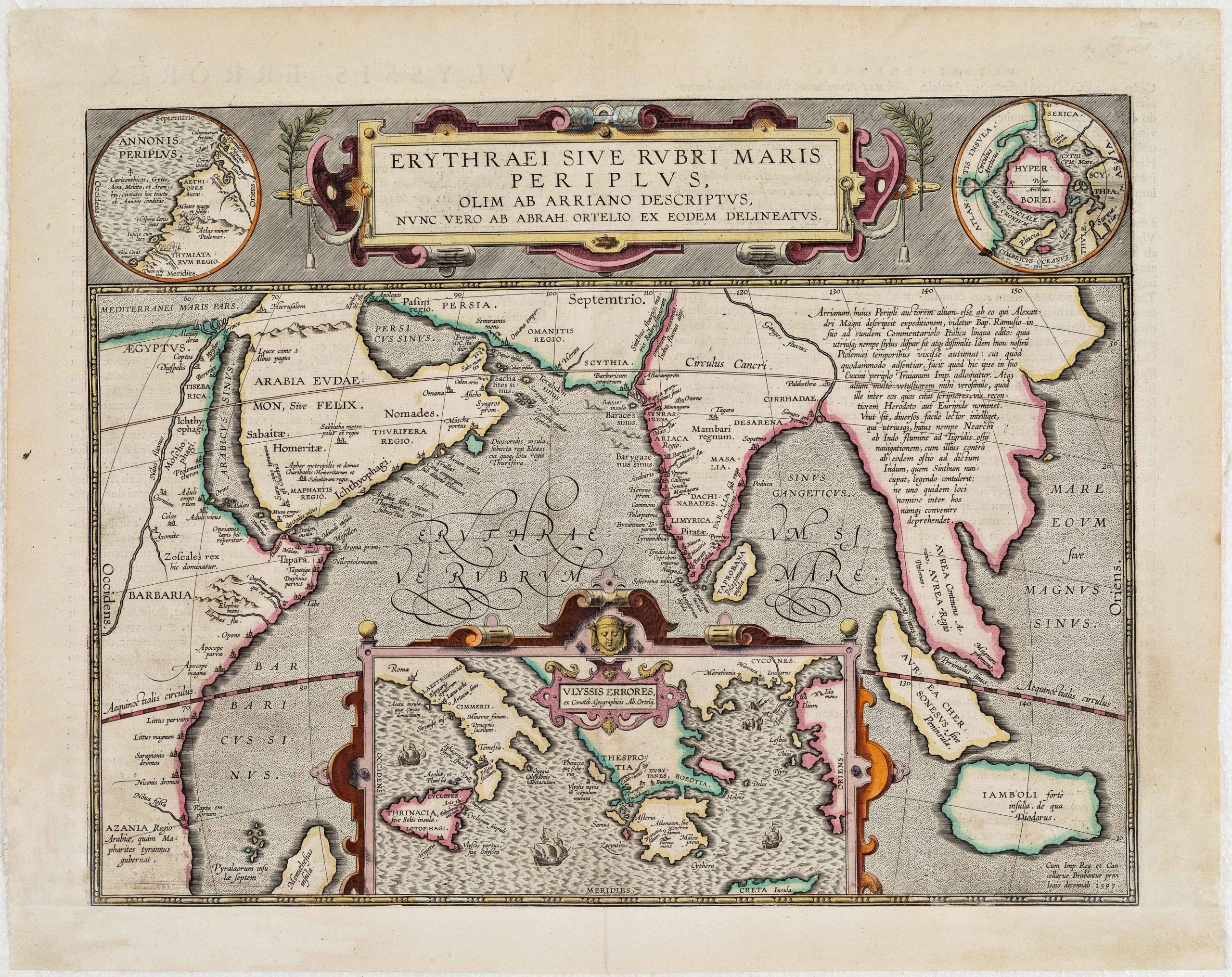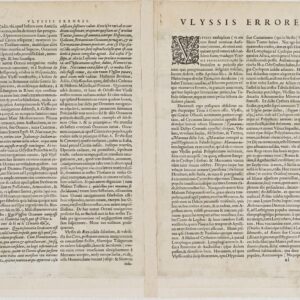الوطن العربي – شبكات المواصلات والإذاعة
The Arab Homeland – Transportation, Broadcasting, and Oil Infrastructure.
$875
1 in stock
Description
This map, titled “الوطن العربي – شبكات المواصلات والإذاعة” (The Arab Homeland – Transportation, Broadcasting, and Oil Infrastructure), is a thematic map published by Al-‘Arabi Magazine (مجلة العربي), a cultural and educational periodical issued by the Kuwaiti Ministry of Information. Dated to the mid-1970s, based on statistical tables referencing the year 1975, the map provides a comprehensive view of the physical integration of the Arab world through its transportation systems, communication infrastructure, and, most crucially, its petroleum resources.
The map spans the entire Arab world, showing international borders, major cities, and key logistical routes. Red lines indicate railway networks and main roads; dotted lines suggest planned or under-construction routes. Symbols denote radio and television broadcasting stations, airports, and seaports.
A prominent feature is the inclusion of oil fields (marked by red squares) and oil pipelines, highlighting the region’s critical dependence on energy resources. Inset maps highlight the Persian Gulf, featuring dense infrastructure around major oil-producing states, including Kuwait, Saudi Arabia, Qatar, and the UAE, as well as the Red Sea and Suez region, underscoring its strategic maritime and energy-related significance.
At the bottom of the map, extensive tables provide comparative data across Arab countries, including the total lengths of railways and roads, the number of radio and TV stations, and oil-related data, such as fields and pipeline capacities.
Oil Infrastructure and Geopolitical Importance
A significant and distinguishing feature of this map is its detailed representation of oil fields and pipeline routes, underscoring the Arab world’s role as a global energy powerhouse during the 20th century. The placement of oil infrastructure across Iraq, Saudi Arabia, Libya, Algeria, Kuwait, and the Gulf States illustrates both the economic lifeblood of these countries and the geopolitical leverage they held—especially in the context of the 1973 oil crisis and the strengthening of OPEC (the Organization of the Petroleum Exporting Countries).
This cartographic emphasis on oil also aligns with broader themes of economic nationalism and resource sovereignty, key narratives in Pan-Arab discourse. The infrastructure depicted links resource production areas with export terminals, projecting a vision of inter-Arab connectivity and strategic self-sufficiency.
Historical Context
The map was produced during a period when many Arab countries were undergoing rapid post-colonial modernization, primarily driven by oil wealth. It reflects a dual ambition: first, to promote technical and developmental progress; second, to present a unified Arab vision grounded in shared resources and coordinated infrastructure. The Pan-Arab movement of the 1960s and 1970s saw such maps as tools of education and mobilization, reinforcing the idea of a collective Arab destiny.
Cartographer(s):
Al-‘Arabi Magazine (founded in 1958 in Kuwait) was a flagship publication promoting Arab cultural identity, unity, and intellectual development. Its maps, often issued as educational inserts, were widely distributed in schools, homes, and public institutions. This map exemplifies Al-‘Arabi’s mission: combining geographic literacy with political and economic awareness to strengthen Arab solidarity.
Condition Description
Very good. Minor wear along edges.
References
![[Mısır Haritası / Map of Egypt]](https://neatlinemaps.com/wp-content/uploads/2025/06/NL-02391_thumbnail-2-300x300.jpg)




